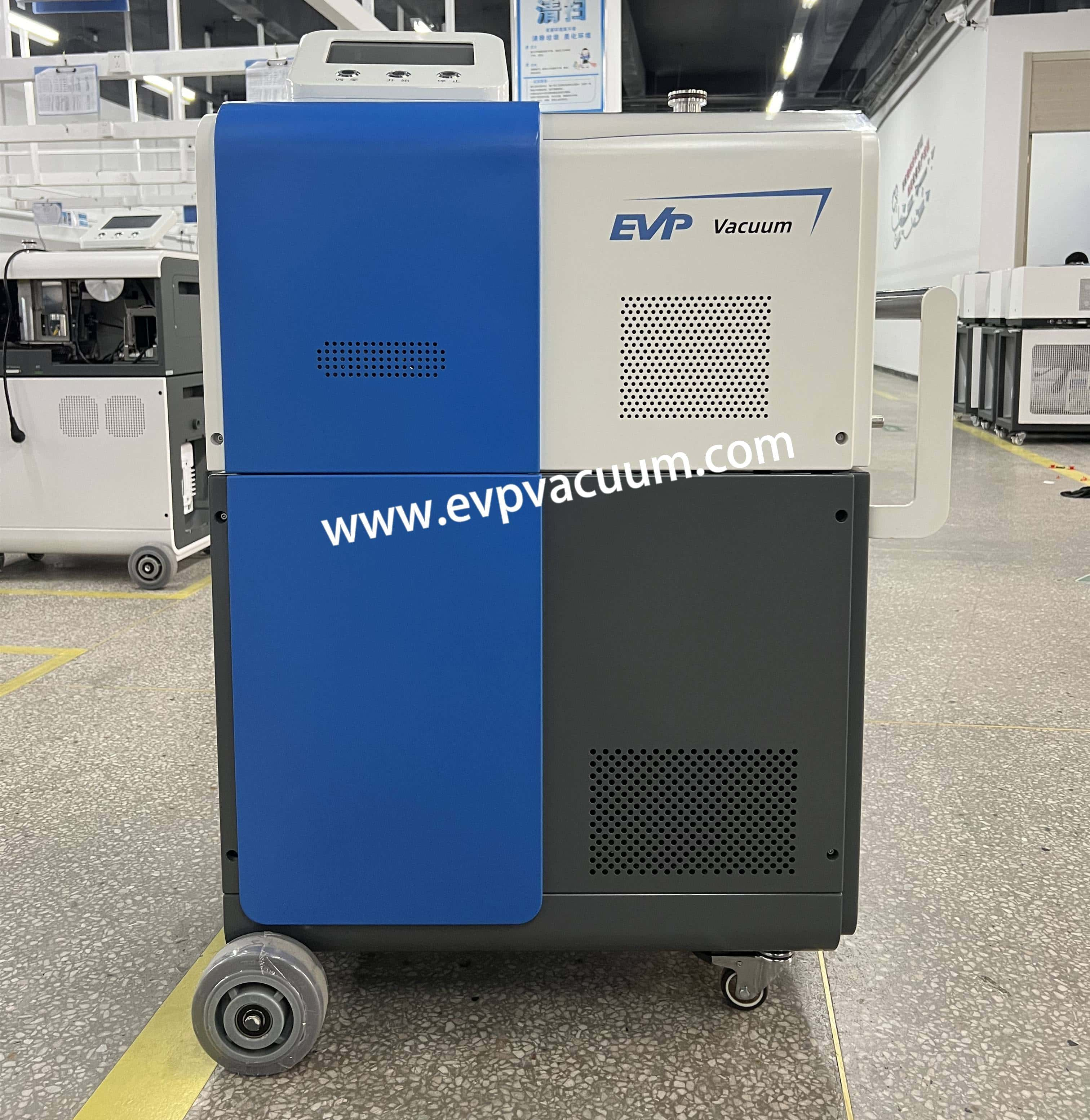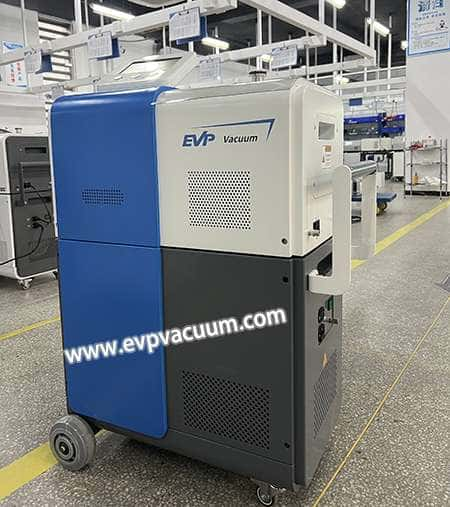Vacuum arc furnace helium leak detector
Helium leak detector for leak detection in vacuum arc furnace
With the continuous development of modern industrial technology, the application of vacuum equipment in metallurgy, electronics, chemical industry and other fields is becoming increasingly widespread. We all know that vacuum equipment needs to operate in a sealed and vacuum state, and the sealing of its vacuum system is crucial for the normal operation of the equipment and product quality. Therefore, how to quickly and accurately detect leaks in vacuum equipment has become a focus of industry attention.
Helium mass spectrometer leak detector of working principle
The helium leak detector utilizes the unique properties of helium, such as low density and no chemical reaction with any substance, to determine whether there is a leak in a pipeline or container by detecting the presence of helium in the gas.
The specific operation steps are as follows: Connect the helium mass spectrometer leak detector to the vacuum equipment to be tested, and then spray helium gas outside the vacuum equipment. Use the leak detector to detect the concentration of helium gas in the internal environment of the vacuum equipment, in order to determine whether there is a leak in the vacuum equipment.
Case:
Helium leak detector in vacuum arc furnace leak detection of application
In common vacuum equipment, helium mass spectrometry leak detection method is applicable to vacuum equipment including vacuum containers, vacuum pipelines, vacuum pumps, vacuum valves, vacuum coating equipment, vacuum drying equipment, and other vacuum equipment.
As a special type of vacuum equipment, the sealing performance of the vacuum system in a vacuum arc furnace has a significant impact on the stability of the melting process and product quality. Traditional leak detection methods often have problems such as cumbersome operation and low accuracy, while helium leak detectors can effectively solve these problems.
In the leak detection process of a vacuum arc furnace, the helium leak detector is first connected to the vacuum system pipeline of the vacuum arc furnace through a vacuum bellows.
Then, turn on the vacuum pump of the vacuum arc furnace for evacuation. When a certain degree of vacuum is reached, open the vacuum baffle valve at the leak detector to start leak detection.
It should be noted that during leak detection, helium should be sprayed on possible locations such as flanges, joints, welds, and vacuum chamber doors of the vacuum arc furnace, and leak points should be searched one by one.
If there is a leakage that does not meet the standard, the instrument will automatically alarm and prompt, so that the leakage location can be quickly located and repaired manually.
In theory, there is no system that is completely leak free, so the goal of leak detection is to reduce the leakage to an acceptable level that does not affect the normal operation of the system. The selection of leak detection methods for vacuum systems is based on the maximum allowable leakage rate of the inspected item.
For more helium detection technologies, please feel free to consult!
(The article comes from the Internet. If reprinting is not allowed, please contact our company to delete it.)


